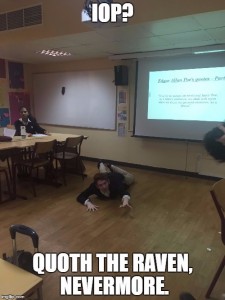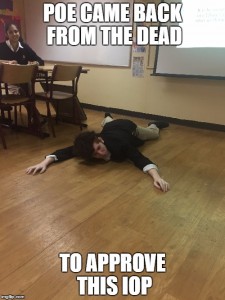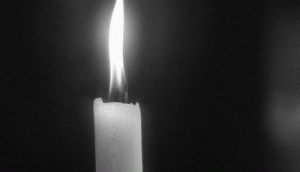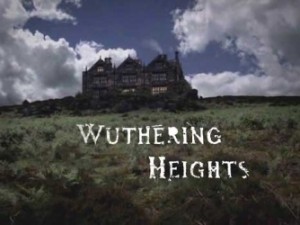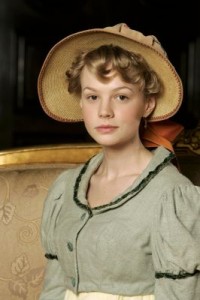Thank you and best of luck in your exams :)
I just wanted to say what an absolute pleasure it has been to teach you guys for the past year. I wish there was a way that I could stay and see you through Grade 12 but instead I’ll leave you with these pearls of wisdom…
Alexis, your enthusiasm is so inspiring. Please keep sharing your wonderful ideas next year! Perhaps even start your own blog… (please send me on the link if you do!) You have been such a dedicated student all year, I know Grade 12 will be a breeze for you!
Ahana, your obvious passion for reading will continue to serve you well, you often make the most insightful comments, I’m so glad you’ve become more confident at sharing them over the year 🙂
Elisa, the resident class feminist! Keep standing up for what you believe in and making your voice heard. I have no doubt that there are many wonderful things ahead for a young woman as confident and outspoken as you.
Gaia, you played Sibyl Vane so well. Drama and Literature surely have a place in your future studies. You have been an absolute delight to have in my classroom and I know that Grade 12 will be a great year for you. Your speech about bullying during the whole-school assembly is something that I will remember for a long time to come, be proud of yourself!
Nawaf, you are one of a kind and I don’t think any of us will forget your story of watching the video of your own birth… Keep reading Lovecraft, watching obscure Anime and playing video games because ultimately all of this adds to your unique perspective on things.
Owen, please keep writing! I loved your dark and twisted Daisy story and I just know you’ve got plenty more wonderful ideas floating around in that curly blond head of yours. Remember me when you are published one day!
Sarah, you have consistently blown me away with your wonderful and unique insights into poetry. You are so committed to the course and you have always taken my feedback on board so well, you must consider studying Literature at Uni level 🙂
Sehaam, (Apologies for spelling your name incorrectly most of the year) you must put your fear of presenting behind you as you have so many amazing ideas to share and you have the upmost support from all your peers. Your Poe artwork will take pride of place in my new abode (probably not the baby’s nursery though…)
Best of luck to all of you with your end of your exams and into Grade 12. Please keep in touch! 🙂




